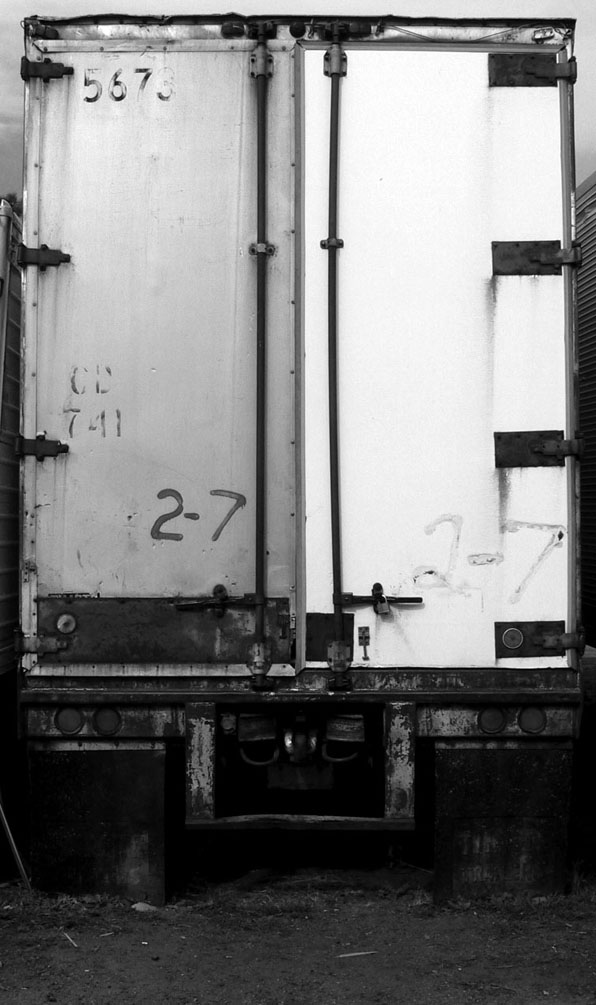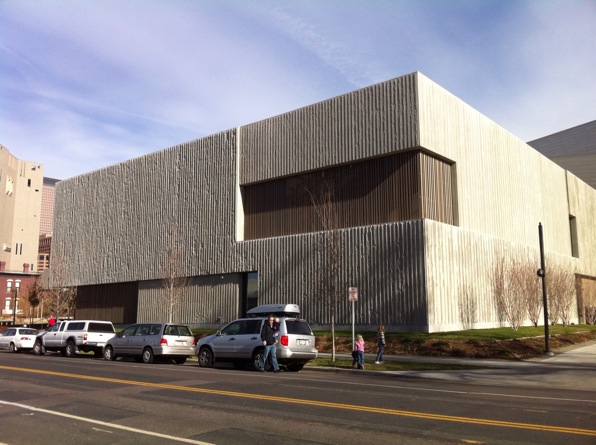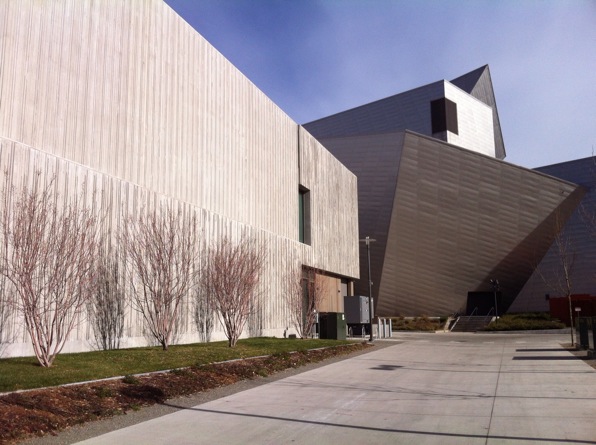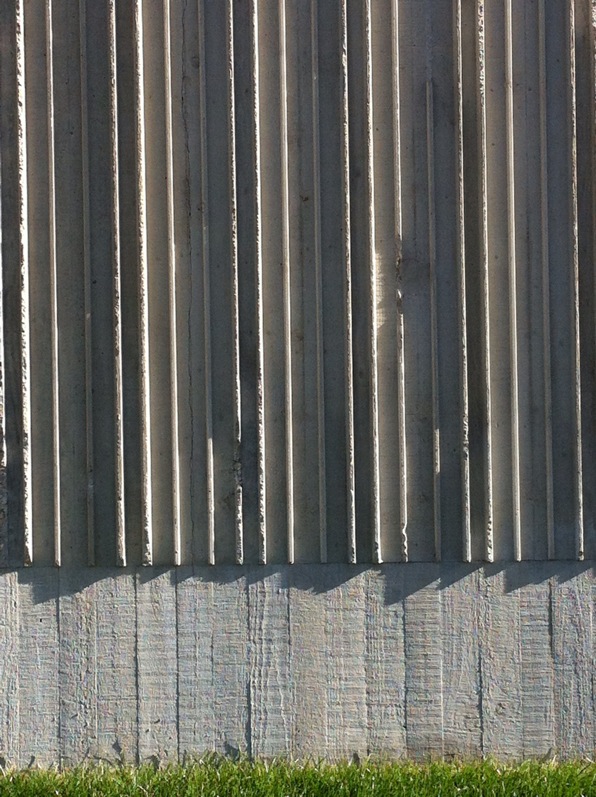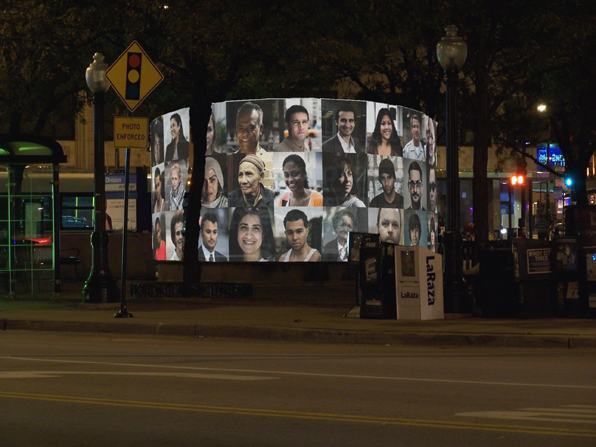Clifford Still Museum, some thoughts by Boulder architects M. Gerwing Architects
Siting quietly amongst its more noisome arts neighbors, the relatively new Clifford Still Museum in Denver is a wholly different kind of museum. Designed by Allied Works Architecture, the museum was designed to house explicitly the work the abstract expressionist painter. Instead of the generic and changeable nature of the galleries of a typical museum, the architects have crafted a design that directly responds to the work of the artist.
The entire first floor houses the administrative and educational functions as well as the main entrance located along the side of the building facing a small park space. The entry sequence this sets up - street to park to entry to lobby, up stairs to galleries - creates a pleasing rhythm from outdoor sunshine to darkened lobby to top-lit galleries. Along the way, the predominantly horizontal emphasis of the overall building gives way to a pronounced vertical articulation in the materials and detailing.
This vertical emphasis, found in the interior rails and details as well as the vertically-ribbed concrete, echoes the vertical lines found in so many of Still's paintings. This synthesis of building elements with the specific artworks is the sensitive study of an architect taking full advantage of designing for a specific artist and is a far cry from the more generic gallery space of most museums.
However, what is most striking about the gallery space is the slightly labyrinthine arrangement of spaces with wide diagonal views between rooms. As the galleries offer a roughly chronological procession through Still's career, these openings allow you to view each period in the context of the preceding and future work. This lends an overall dynamic spatial quality to what might be an otherwise boring, unilateral maze-like march.
The top-galleries pull this assembly all together and clearly concentrate the viewer on the works of art rather than the museum itself, a not-so-familiar trend in cultural institutions these days.
I highly recommend a visit, both for the artwork and the museum, a paired ensemble that like any great performance, makes it look easy.
by Boulder architects M. Gerwing Architects
Lebbeus Woods, 1940 - 2012
Lebbeus Woods passed away last week. It is almost impossible to overemphasize the impact that this "paper" architect has had on the world of architecture. A long-time professor at Cooper Union, he directly influenced generations of students at one of the most important schools in the world, during its most profoundly influential period. But it was his publications with their hauntingly beautiful images that have become some of the most seminal works in post-Modernist era.
His drawings of re-imagined urban landscapes are stunningly beautiful even in their dark, vaguely dystopian vision. His most widely read work, Anarchitecture: Architecture is a Political Act, is so visually striking that its message is easily lost amidst the revery of the drawings and models on display. But make no mistake, Woods' work was not just so-much eye-candy.
Crucial question - what is an inconsistent pattern? The cities of an experimental culture will be formed on inconsistent patterns, and will produce them. These will be their chief products, the result of a way of living driven by the need for clarity on shifting landscapes of the ephemeral.
I attended undergraduate and graduate schools of architecture during the height (or maybe bottomless, self-flagellating, pit) of post-structuralist architectural theory. Architects, insecure in their creation of forms, looked under every academic, esoteric rock to find some secure impetus to justify the nature of the work - imposing forms upon others. I won't go on about the absurdity and idiocy of the near-abandonment of 3,000 years of architectural history and practice for the tawdry attractions of French philology. It happened, I witnessed it, even dipped a toe in it.
"Politics of construction: who designs, who builds, who owns, who inhabits?"
Woods' work shattered it. He, among others, placed architecture back in the realm of buildings, the act of building, and the meaning of actually making buildings. And the images he produced cemented that argument with an outrageous glorification of forms, color, plasticity and imagination. Though his vision of shattered cities and expropriated spaces were often dire and almost always devoid of people, what comes through is the joy and beauty of making. That may sound contradictory to what I said above, but it is not. Great architectural ideas have never been planted so firmly as when they are not merely texts or images, but the synergistic amalgam of both, like LeCorbusier's Toward an Architecture and Robert Venturi's Complexity and Contradiction in Architecture.
I would avidly place Woods' Anarchitecture in that lofty neighborhood. He was the most important and influential unbuilt architecture of the last century. Not too bold a statement I think, and not befitting enough of his animating vision.
by Boulder architects M. Gerwing Architects
coffee shops
for the love of bridges
I have written a number of times about bridges, their simple beauty and the increasingly rare appearance of steel arched types. This bridge, in central Kansas, crosses a small river not far from the original path of the Oregon Trail. On this day it was dripping from a recent rain and the sky was an eerily-threatening monotone of gray.
These were shot on a medium format late 1950's Zeiss Ikon Nettar folding camera recently given to me by my uncle.
Thanks Pete.
“For the masses that do the city’s work also keep the city’s heart.” -Nelson Algren
A number of years ago, we won a little competition to design a winter-time cover for a large basin-type fountain in a small park in Chicago. The fountain is named after Nelson Algren, the novelist and occasional screenwriter who wrote vivid, sentimental-free stories of the bartenders, prostitutes and gamblers of Chicago. When I lived in Chicago, I lived around the corner from one of his haunts and this fountain is just down the street from my first real experiences in the city.
The project was to be paid for with a combination of funds and like so many of these endeavors it stalled, stumbled and finally died. Or so I thought. It looks like interest has revived and we may be finally giving birth to this little project.
Here are some of the texts and images we produced for the original competition entry:
The Nelson Algren fountain sits in a long overlooked triangle at the center of a rapidly changing neighborhood in Chicago. It is not the Gold Coast or Lincoln Park, it is not Bronzeville or Uptown. It is not even at the heart of Wicker Park or Bucktown. It is overlooked because it sits in-between, because the triangle that it sits in is the result of the streets around it, not designed to be a place of its own.The proposed project is for a seasonal cover for the neglected fountain that makes a claim for that place. It claims this place for the people that work around it and pass through it every day. It is a visual analogue to Algren’s stories, a recording of the lives of the people in the neighborhood around him. Not portraits of the city’s great and powerful, but of the people that do the city’s work. The cover consists of a series of painted steel frames that support lexan panels holding acetate screenprinted portraits of people in the neighborhood. Text from Algren’s work Chicago, City on the Make, rings the base of the panels that extend just beyond the edge of the existing basin surround. Internal backlighting at night creates a beacon, shining through the back of the images and allowing them to keep watch over the triangle. Each year or as required, the images will be replaced. An ad hoc photo booth will be setup and allow anyone to come in and have their portrait taken and added to the panels. Over time the changing face of the neighborhood will be reflected in the panels.


